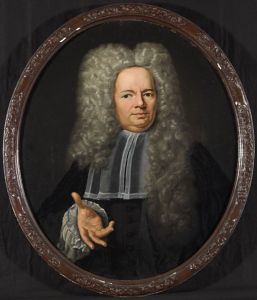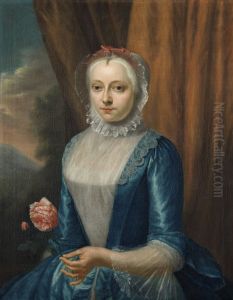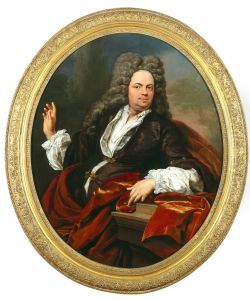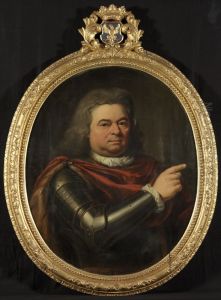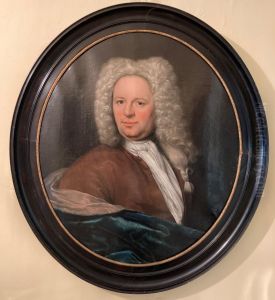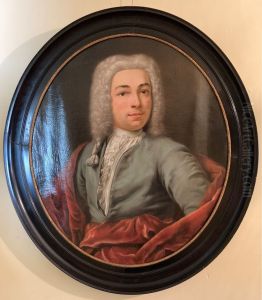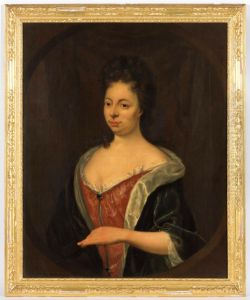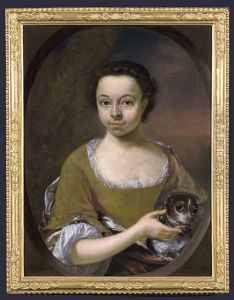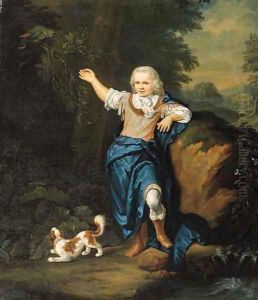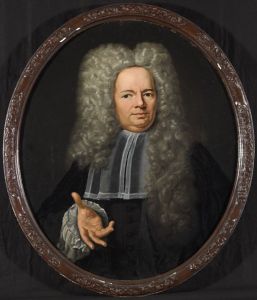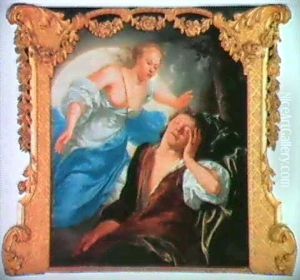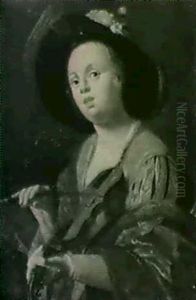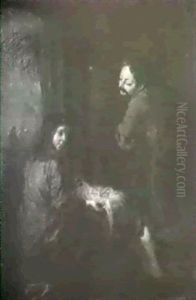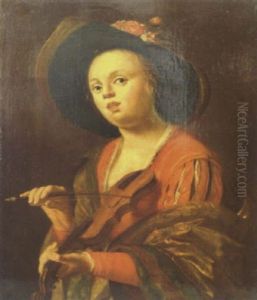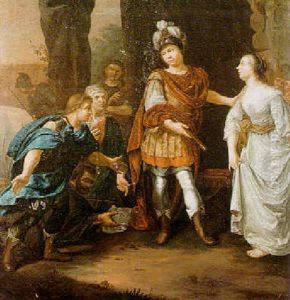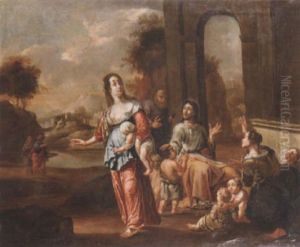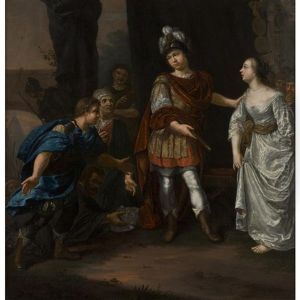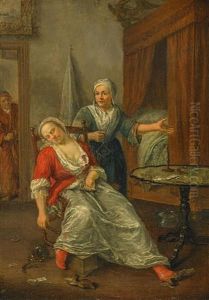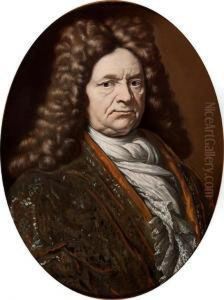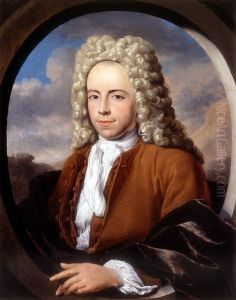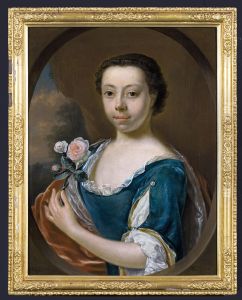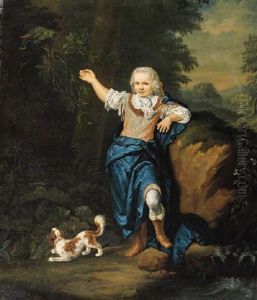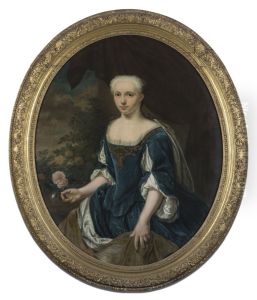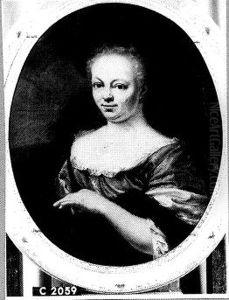Jan Abel Wassenbergh I Paintings
Jan Abel Wassenbergh I was a Dutch painter born in 1689 in the city of Groningen, which was then part of the Republic of the United Provinces. He was part of a family of artists that included his father, Egbert Wassenbergh, and his brother, Hendrik Wassenbergh, who were both painters as well. Jan Abel is often referred to as Wassenbergh I to distinguish him from his nephew and pupil, Jan Abel Wassenbergh II, who was also an artist.
Wassenbergh I was known for his genre scenes, landscapes, and portraits. His style was influenced by the Dutch Golden Age of painting, although he was active in the period following its peak. His works are characterized by a fine attention to detail and often depicted scenes of everyday life, taking inspiration from the works of earlier Dutch masters. He was particularly adept at capturing the textures of materials, the play of light, and the subtleties of human expression.
He spent most of his life working in Groningen and was a significant figure in the city's art scene. Not much is known about his training, but it is assumed that he learned the craft from his father. He became a member of the Groningen Guild of Saint Luke, an association of artists and craftsmen, where he was recognized as a master painter. Through his guild connections and the patronage of local clients, he established a successful career.
Wassenbergh I's paintings were sought after during his lifetime and he taught several students, contributing to the transmission of his style and techniques. Despite his regional success, his work did not gain widespread recognition outside of Groningen during his time. It wasn’t until later that art historians began to appreciate the quality and charm of his oeuvre.
Jan Abel Wassenbergh I died in 1750 in Groningen. Today, his works are part of various museum collections, including the Groninger Museum in his hometown. They serve as a testament to the enduring qualities of the Dutch pictorial tradition well into the 18th century.
